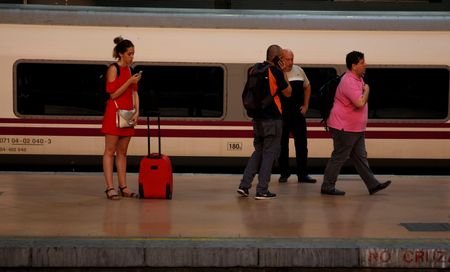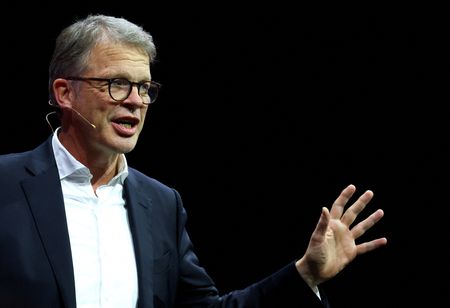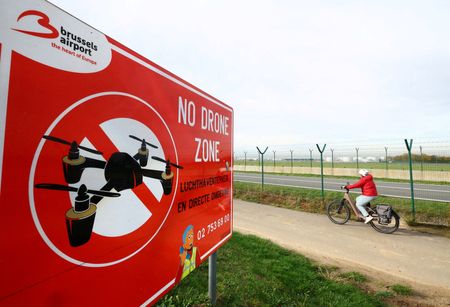MADRID (Reuters) -Spain will renovate its high-speed rail network between Madrid and Barcelona to allow trains to reach a maximum speed of 350 kph (218 mph), a velocity so far only achieved in China, its transport minister said on Monday.
If achieved, the changes would cut travel time between the two cities – a journey taken by roughly 15 million people a year – to under two hours from nearly three hours, Transport Minister Oscar Puente said at an event in Madrid.
A 2.3-million-euro ($2.7 million) tender will open on Tuesday for feasibility studies on how to hit the new target, with options including improving access to stations in both cities and adding sections of rail to provide more flexibility on the route and allow for bypassing of congested areas.
The transport ministry said on Monday that a new train design developed by Spain’s state-owned rail administrator Adif which improves aerodynamics and reduces damage by increasing the distance between the train and gravel underneath the tracks could also help it hit the new 350 kph target.
Only Britain and Poland aspire to similar speeds in Europe, with Britain’s long-awaited HS2 line connecting London with Birmingham beset by delays and cost overruns since it was approved in 2012.
Spain has the most high-speed railway lines in the European Union. According to 2023 European Commission statistics, it had around 3,190 km (1,982 miles) of the 8,556 km high-speed lines installed across the region.
Since then, Spain has added new lines in the northwestern region of Galicia and southeastern Murcia region, increasing capacity to 4,091 km, according to official data.
Domestic rail travel in Spain has bounced back to pre-pandemic levels, data from the ministry showed, with the number of travellers using high-speed rail rising from 32.4 million in 2019 to 46.7 million in 2024.
Puente said he expected renovations would take around three years once construction begins. A spokesperson would not comment on how long the feasibility studies would take.
($1 = 0.8618 euros)
(Reporting by Victoria Waldersee; editing by Charlie Devereux; Editing by Aidan Lewis)










